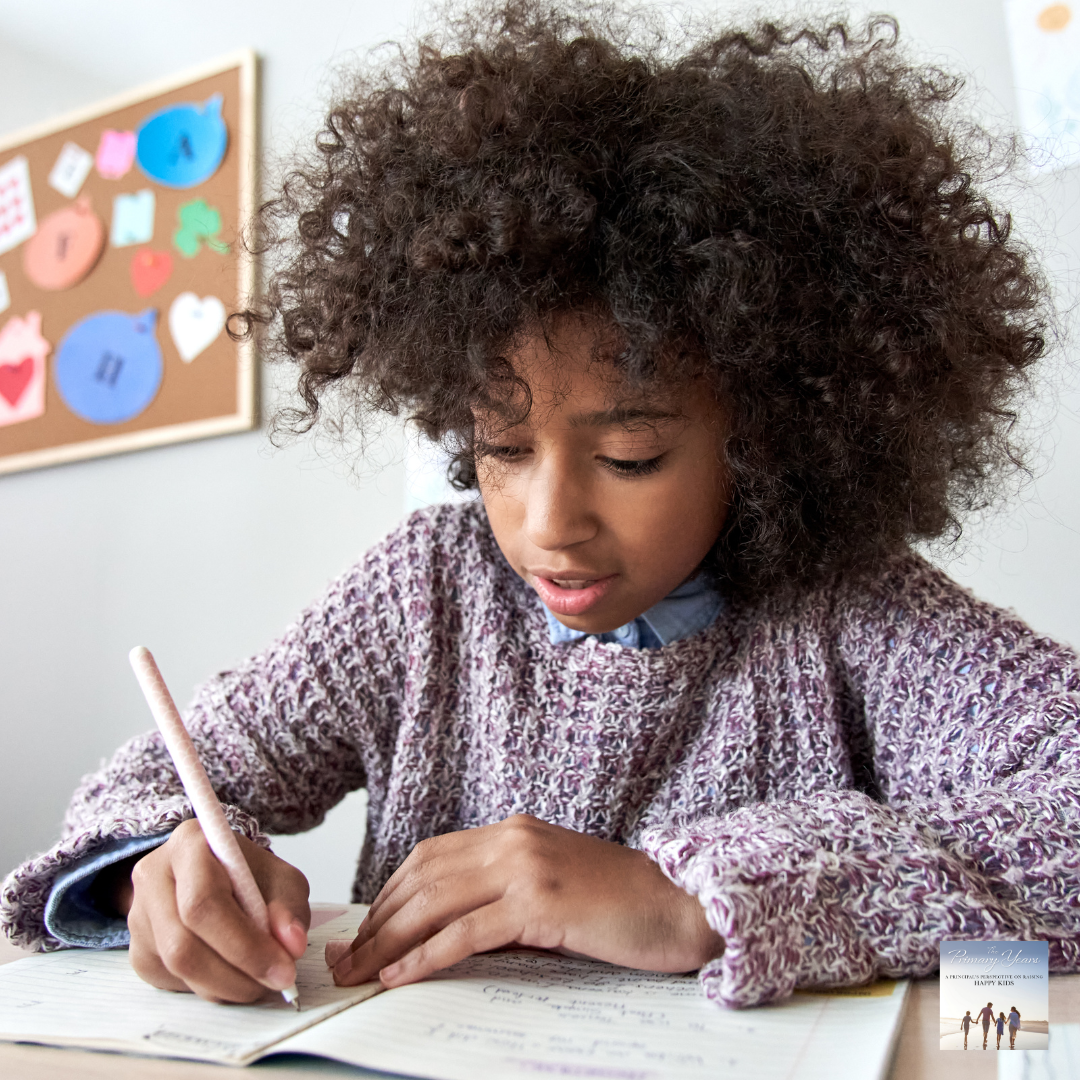Eight Fun Ways to Enhance Handwriting Skills in Kids!
Here are eight fun ways to enhance handwriting skills in kids
Artistic Doodles: Encourage your child to doodle creatively! Provide them with a dedicated sketchbook and a set of colourful markers or pens. Engaging in imaginative doodling exercises will help them develop better control and precision in their writing. It is also a fun activity that younger children especially enjoy. Take care to affirm their efforts as they progress through the stages of improving their writing.
Tracing Trails: Create fun tracing worksheets with their favourite characters or shapes. Use dotted lines for them to follow along and trace the letters or words. This activity reinforces muscle memory and fine motor skills essential for neat handwriting.
Sensory Writing: Make handwriting tactile and exciting by incorporating sensory materials like sand, rice, or shaving cream. Let your child practice writing letters in these materials, stimulating multiple senses for a more engaging learning experience. Children need to be tactile.
Storytime Calligraphy: Transform handwriting practice into storytelling adventures. Have your child copy short passages from their favourite storybooks or write their own tales in a beautiful font. This activity will inspire them to take pride in their penmanship. Use different pens and pencils, experimenting with shapes and colours.
Buy them a fancy book (perhaps leather bound) where their penmanship can be given full attention and value. Also, encourage them to handwrite thank you notes and to select the best paper and words making them quite a self-expressive gift.
Letter Formation Relay: Set up a relay race where each team member writes a letter on a whiteboard before passing it on. Use timers to create a friendly competition and motivate your child to form letters accurately and efficiently.
Digital Drawing Fun: Utilise drawing apps or interactive pen tablets to merge technology with handwriting practice. Children can trace letters on the screen, experiment with different fonts, and enjoy instant feedback that enhances their handwriting skills.
8. Have fun with the children practising their best signature. Display them on the fridge. Encourage them to keep improving and talk about how that signature symbolises them.
Finally, patience and positive reinforcement are key when teaching children to improve their handwriting. Development can be slow but as they mature you will notice major differences. By making the process enjoyable and creative, you'll motivate them to develop excellent penmanship naturally! Let them see that you are making quite a statement when you send a written note to people. Let them see that their handwriting is all about them.
Our learning increases as we handwrite better. We own it, we created it. Therefore keep up with handwriting so that our memory keeps growing and our personal statement to others is clear.
-Gail J Smith
A picture is worth a thousand words
Sometimes younger children struggle to understand how to deal with a situation that can overwhelm them. This could be about finding friends or it could be trying to work out how to play with other children. One way to help a child is to simply draw the story. How best to play, for example. The first page shows the child meeting the friend. The second page may show them greeting the child and the third page could be about what to say such as, "can I play with you?".
The story unfolds through the simple pictures. Keep the pictures and story simple. We call this a social story and they work very well with children who cannot respond well to just being told what to do. Some children do not process the problem easily through discussion.
I have used this with many a child and they love telling the story through the pictures. The child especially enjoys telling you how successful they were when they went through the process and followed the picture book. A social story can change if you find it needs a new direction. Children learn through visual images and when they are emotional about matters, pictures speak a thousand words. Simple drawings can say many unspoken words which gives the child a chance to express their feelings comfortably. To help a young child, the parents can draw their own social story to help the child understand the value of the pictures.
How can we help our children through a simple drawing?


